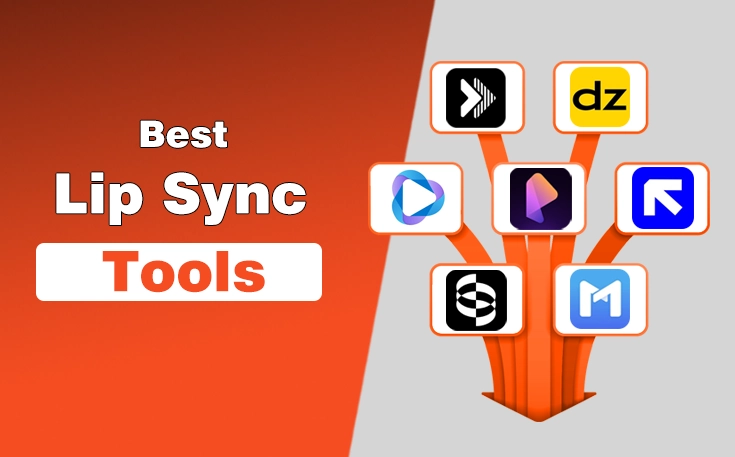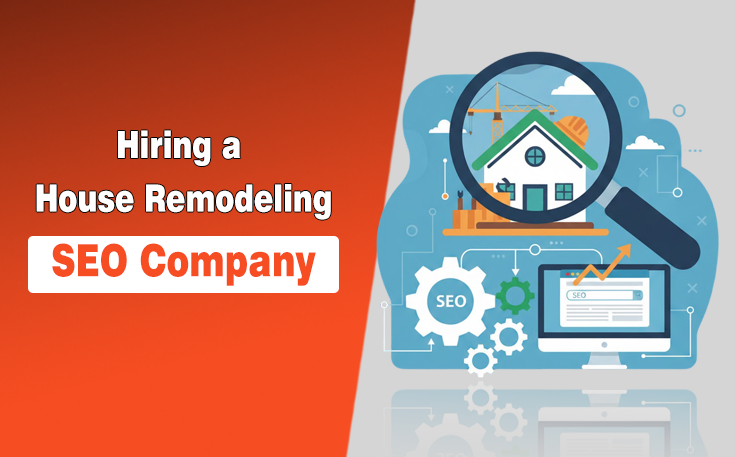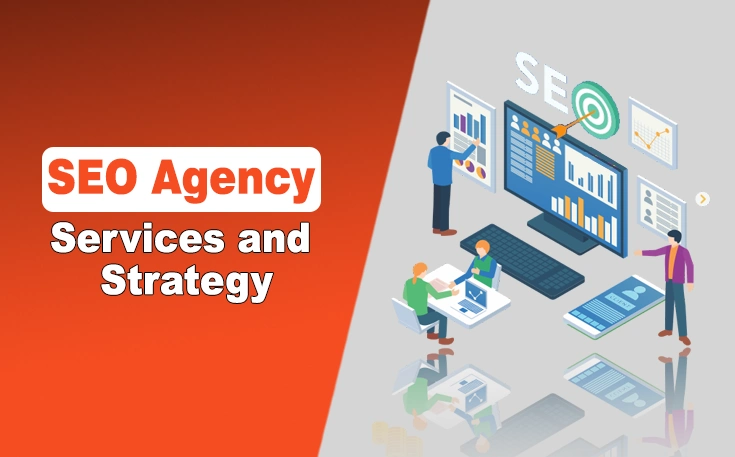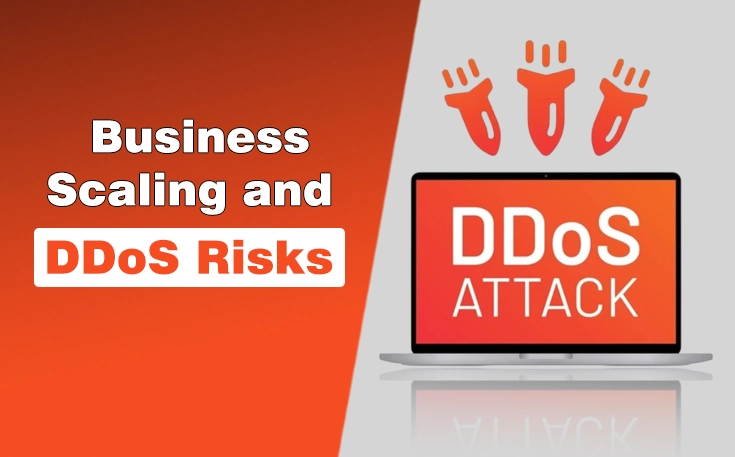Your website is your digital handshake, first impression, and storefront window, all rolled into one. It takes only 0.05 seconds for users to form an opinion about your website. That’s faster than it takes to say, “Wait, let me explain.”
If your brand identity doesn’t shine through immediately, you’ve likely lost the game before you even started.
Ok, so how do you build brand identity through custom web design? Let’s explore in this blog post!
What Exactly Is Brand Identity?
Brand identity isn’t just your logo or a nice shade of teal. It’s the full package. Your brand’s personality, tone, visuals, and the emotional vibe it gives off.
It’s just like the Tinder profile of your company. It tells visitors who you are, what you stand for, and whether they want to swipe right (or bounce).

Why Custom Web Design Beats Templates Every Time
Ready-to-use and editable templates are tempting. They’re cheap, fast, and require zero design skills. But, to be honest, they are not so original.
Custom web design gives you complete creative freedom.
Here’s what you can do:
- Match your website’s tone and aesthetic to your brand voice
- Incorporate brand-specific UX patterns
- Make content and layout decisions that guide users in your unique way
And that’s how you go from “meh” to memorable.
How can Custom Web Design Help You Build Brand Identity
Let’s get to the point. There are several things that custom web design can help you build brand identity, and here are the most notable ones.
1. Consistent Visual Language
You know what branding likes? Consistency. Your audience should be able to recognize you in their sleep, whether they are on your homepage, Instagram, or email newsletter.
And here’s how custom web design can help you achieve this goal:
- Color palette: Use your brand colors in headers, buttons, and effects.
- Typography: Are you some classy serif or a casual sans-serif? Pick what matches your brand voice.
- Images: Stock photos are not a way to go. Custom illustrations, branded icons, and real team photos are what you want.
Consistency is not just making you look good. It also builds trust and brand recognition.
2. Tone of Voice
Custom web design is not just about the big picture. It’s in the little things, too. We’re talking about things like a submit button that says “Let’s do this!” or the 404 page with a “Oops, you broke the internet” title.
That’s your brand voice, and it can do wonders.
With a custom site, you are not limiting yourself to generic UX copy. You can give life to things like:
- Button labels
- Form instructions
- Error messages
- Navigation menus
Literally every word is a branding opportunity.
3. User Experience
A minimal, clean business website with simple navigation says “professionalism”. A site full of movement, colors, and quirky interactions tells, “We’re creative, bold, and maybe a little weird.”
With custom design, your UX and UI can reflect your core brand values.
For example:
- An eco-friendly brand might use earthy tones, natural textures, and minimal animations to reflect sustainability.
- A luxury brand could showcase high-resolution product images, elegant typography, and smooth scrolling.
Templates can’t deliver that level of nuance. But your brand deserves it.
4. SEO: Custom Doesn’t Mean Invisible
Some people think custom design hurts SEO. That’s just not true, as long as it’s done right. A well-designed custom site can boost your rankings because it:
- Improves site speed
- Enhances mobile responsiveness
- Encourages longer time on site through engaging UX
- Reduces bounce rates
Google doesn’t care if you use a template or not. It cares how users interact with your site. And users tend to stay longer when the site looks like someone cared while building it.
5. Build Trust and Credibility
In a sea of sameness, custom design shows that you’ve invested in your business, and that makes customers more likely to invest in you.
Let’s say you’re a financial advisor.
Which site would you trust:
- One with default fonts, low-res stock images, and a cluttered layout?
- Or one with a clean design, intuitive navigation, and a consistent, professional vibe?
Exactly. Custom web design boosts your credibility without you having to say a word. You’re not just telling people you’re the real deal, you’re showing them.
How to Start Building Your Brand Identity Online
So, you’re convinced. Custom web design is the way to go. But how do you start?
Step 1: Know Your Brand
This isn’t just about slapping together a mission statement and calling it a day. You need to dig deep.
- What do you stand for? Are you the rebel, the expert, the caregiver? Your core values define your style, visuals, and tone.
- Who are you talking to? A Gen Z startup founder vibes differently from a 60-year-old CFO. Know your audience and speak their language.
- What feelings should your brand evoke? Trust? Excitement? FOMO? (Okay, maybe not that last one. Unless you’re a travel brand.)
- What makes you unique? If your answer is “great customer service,” congrats. You’re just like 98% of the internet.
Build a brand mood board with fonts, colors, words, and imagery that scream “you.” Not whisper. Scream. In harmony.
Step 2: Hire the Right Designer
You don’t need someone who can make pretty things. You need someone who makes strategic, beautiful, intentional things.
When vetting designers, ask:
- Have they built brands, not just sites?
- Can they explain the “why” behind their design decisions?
- Do they ask about your goals, competitors, and tone, or just color preferences?
Look for people who collaborate well with developers. A gorgeous mockup is useless if it turns into a sluggish site with broken mobile menus and a “404” personality.
If you’re looking for someone who truly gets the balance between creativity and strategy, consider working with a web design agency in California. The state is home to some of the most innovative digital creatives who know how to translate brand identity into a seamless, high-performing site.
Step 3: Prioritize Mobile and Performance
Over 58% of global web traffic comes from mobile devices. That’s not a trend, it’s the norm. And if your site isn’t optimized for mobile, you’re basically ghosting your audience.
Your custom site should:
- Load fast. (Under 3 seconds is the golden rule.)
- Be responsive. Whether it’s a 6.1” iPhone or a giant curved desktop monitor, it needs to flex like an Olympic gymnast.
- Be accessible. Contrast ratios, font sizes, alt text. These aren’t just for compliance. They make your site usable by everyone.
Don’t make people pinch-zoom in 2025. That’s a thing they hate most.
Step 4: Test, Learn, Adjust
Custom design gives you freedom, but don’t forget usability. Conduct A/B tests. Gather feedback. Tweak what doesn’t work, even if it looked amazing on paper.
- Run A/B tests on headlines, call-to-action buttons, layouts, whatever matters most.
- Use tools like Hotjar or Crazy Egg to see how users behave.
- Watch bounce rates and conversion funnels.
- Don’t take it personally. If nobody’s clicking the button that says “Join Our Magical Journey,” maybe it’s time to try “Start Now.”
Iteration isn’t failure, it’s refinement. (And it’s how brands grow up.)
Bonus Tips
- Don’t overdo animations. Just because you can make your logo do backflips doesn’t mean you should.
- Tell a story. Your website should guide users through your brand journey, not confuse them halfway through.
- Stay human. People connect with people, not jargon-filled walls of text.
Final Thoughts
Your website is your brand’s home online, and it should feel like home to your visitors. Generic templates can’t convey your story, your unique qualities, or your magic. But custom web design? That’s your chance to turn visitors into believers.
Remember: people don’t fall in love with businesses. They fall in love with brands. And custom web design is how you show them who you really are.
Need custom app with amazing features?
Get a Quote




